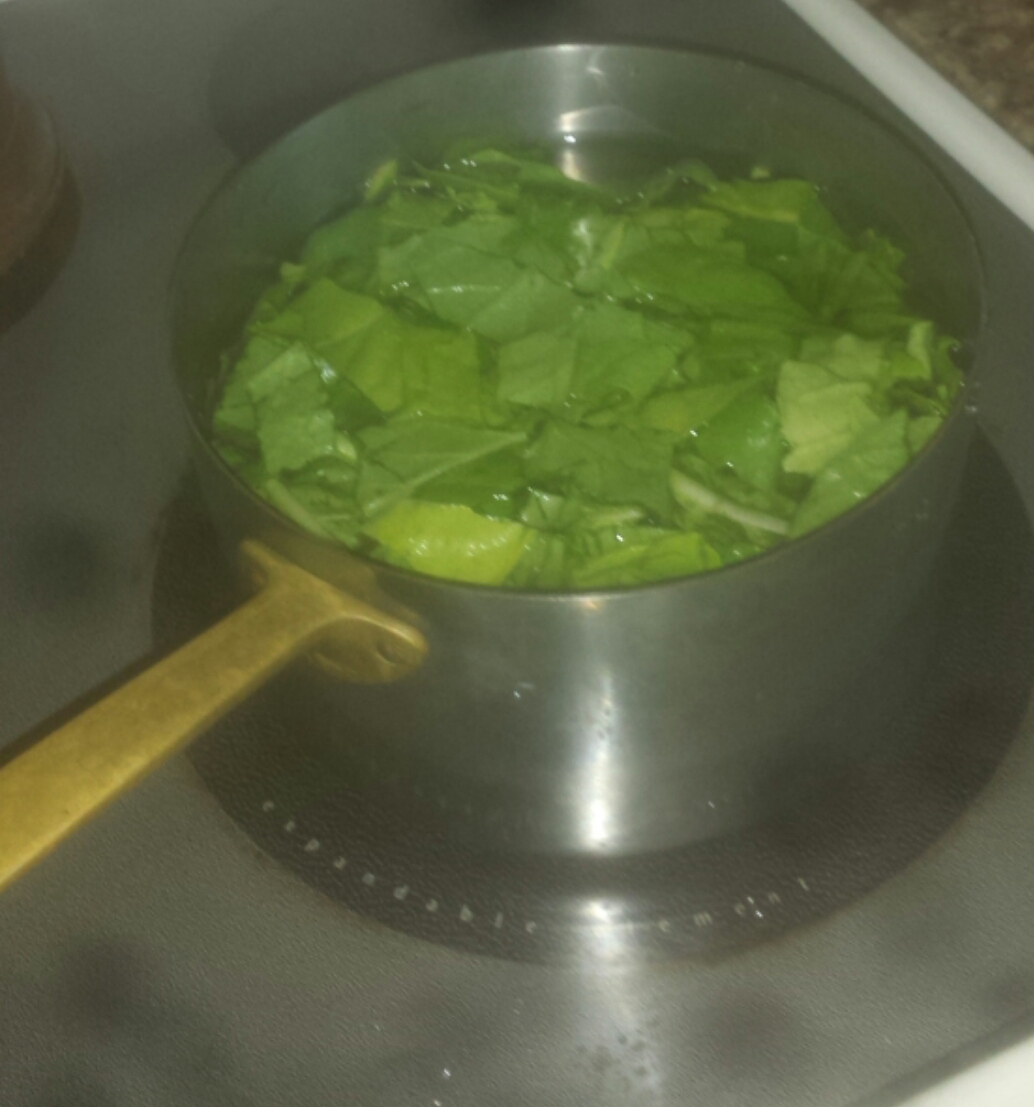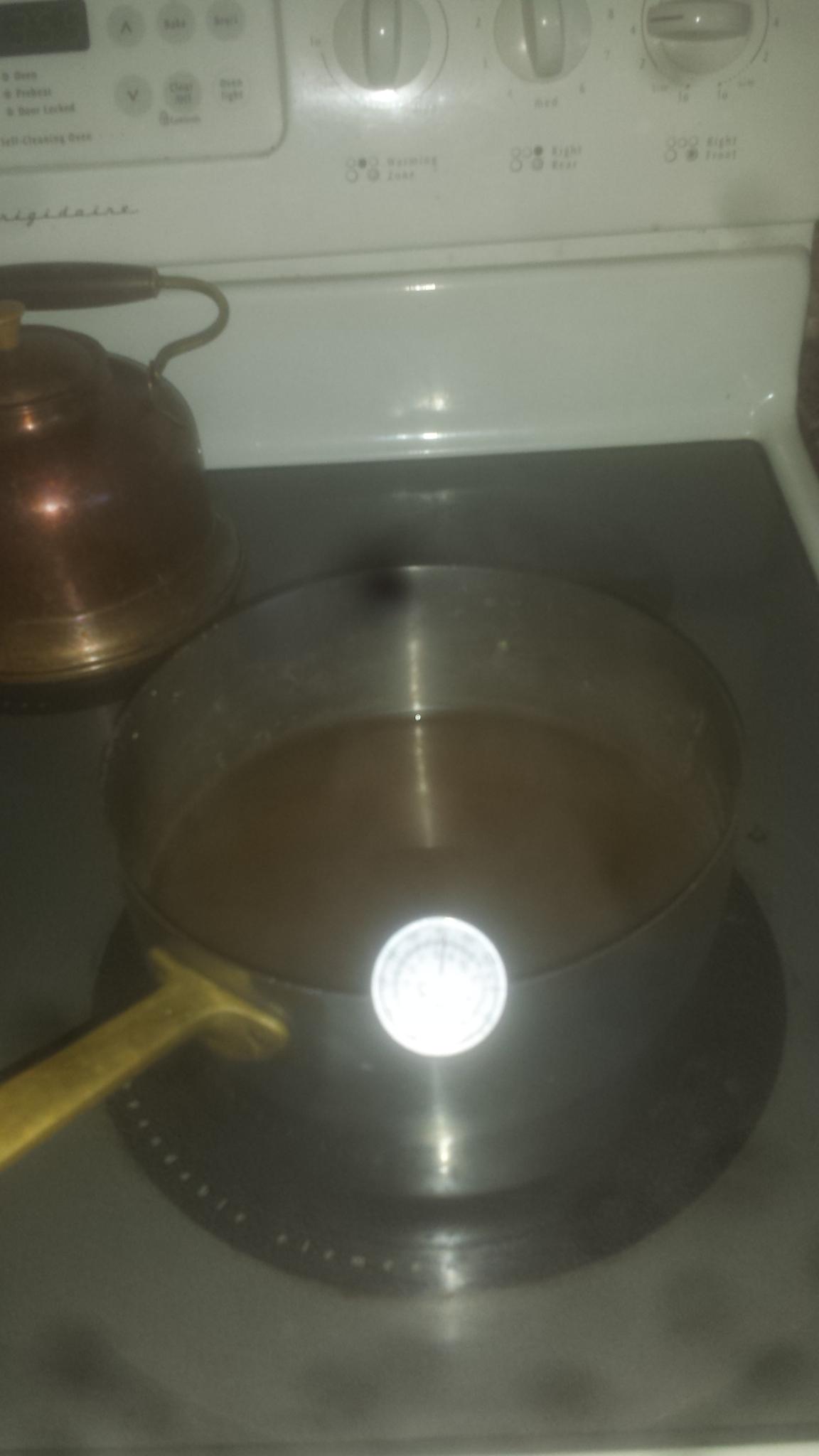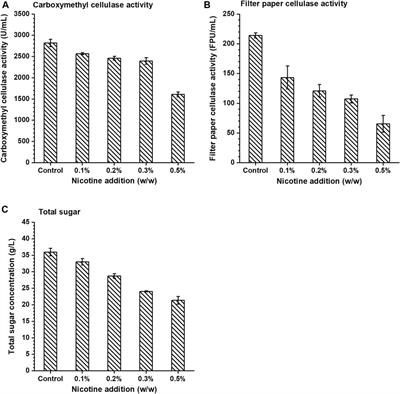The flavor of this batch is a little too sweet but not too bad for the first try ... think bitter, yet sweetened, chocolate.
Also, it will require further dehydration to be able to roll it into a ball as it's still somewhat of a paste.
Here's some additional notes on making Chimo:
1. Chop your green tobacco leaves and place into a pot with just enough water to almost cover them.
NOTE: Next time I will start with less water as the leaves themselves expel their water as they heat.
2. Bring to nearly a boil but do not let the temperature get above 100°C - hold this simmer for about 90 minutes.
3. Strain the leaves out using a cheese cloth or other method to remove most of the vegetative matter.
4. Add your desired alkalizers, sweetener and / or cocoa ... I used 1/4 tsp Slaked Lime with 1/2 tsp honey, 1/2 tsp molasses and 1/2 tsp cocoa
NOTE: Next time I'll cut those additives by half and use 1/4 tsp's and also increase the alkalizer amount.
5. Bring the remaining solution back to a simmer and keep the temp under 100°C again.
6. As the solution starts to thicken it will become much easier for the temperature to rise too high so be diligent.
NOTE: Taking the pot off and back on the low burner is an easy way to continue safely.
7. Once it's reached a paste-like consistency it can be removed and refrigerated.
NOTE: Next time I will scrape it out onto parchment paper and continue the dehydration process in the oven at 90-95°C
8. When it's ready to sample, roll up a very small ball and place it under the tongue.
NOTE: Use caution and a small portion at first as this stuff kicks like a mule.
Hope someone can use this information and keep these ancient methods alive!
~Darin








